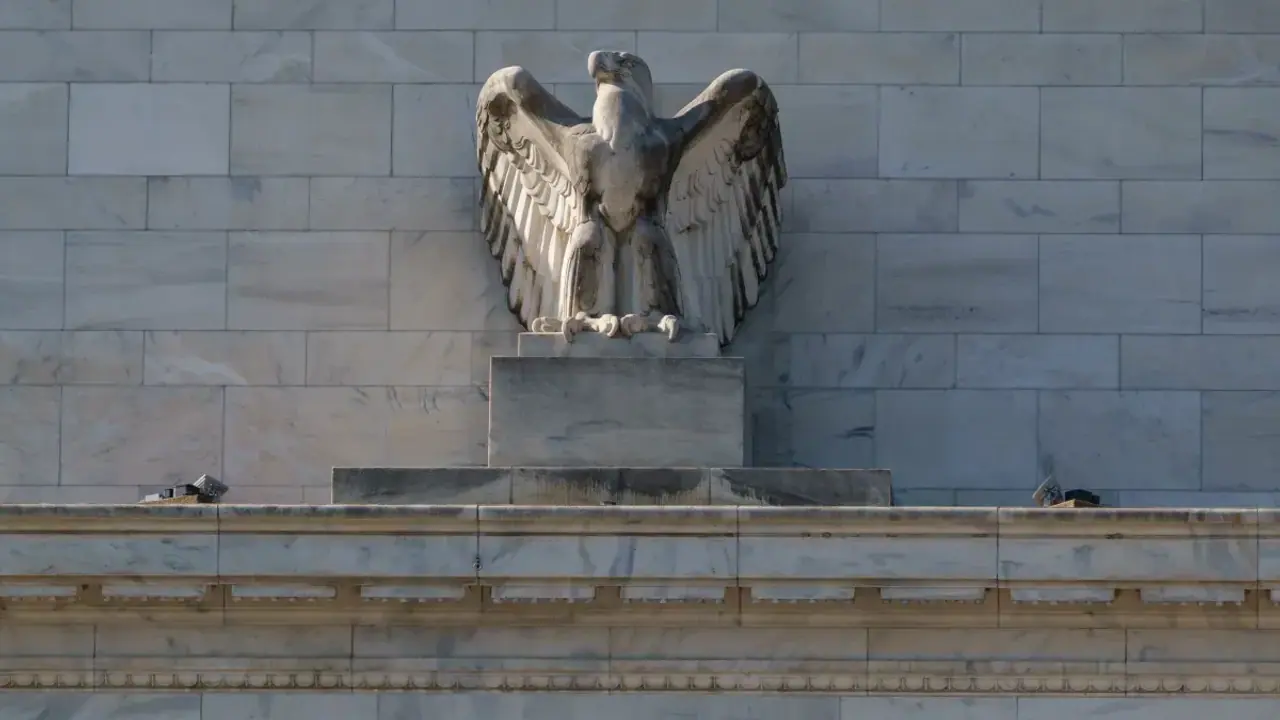Schmid also said he will carefully watch the monthly inflation price data for “signs of broad-based price increases that might further challenge an already fragile price-setting psychology.”
A Federal Reserve official has backed central bank chief Jerome Powell’s “wait-and-see” monetary policy, even as some of his colleagues have recently advocated for rate cuts.

In prepared remarks delivered to the Kansas City Fed’s Agricultural Summit held in Omaha on Tuesday, the region's Fed President Jeffrey Schmid said, “With all this uncertainty, the current posture of monetary policy, which has been characterized as ‘wait-and-see,’ is appropriate.”
Schmid also said he will carefully observe the monthly inflation price data for “signs of broad-based price increases that might further challenge an already fragile price-setting psychology.”
The next key inflation reading drops on Friday: the May personal income and spending report, which comprises the personal consumption expenditure index (PCEI) — the Fed’s favorite inflation gauge.
The monthly PCEI and core PCEI rates are expected to remain unchanged at 0.1% each, while the annual rates may have ticked up to 2.3% from 2.1% for the PCEI and to 2.6% from 2.5% for the core PCEI.
A rate cut could positively affect stocks, which have been relatively resilient among the recent macroeconomic and geopolitical uncertainties.
The Invesco QQQ Trust (QQQ) ETF and the SPDR S&P 500 ETF (SPY) have gained 5.09% and 4.20%, respectively, so far this year.
Schmid called for policy to be nimble, allowing the central bank to balance the two sides of the mandate.
The Fed's dual mandate is to maximize employment and maintain stable prices. The Kansas City Fed President, who is currently a voting member of the Federal Open Market Committee (FOMC), the central bank's rate-setting committee, said, “Currently, we are as close to meeting our mandate as we have been in quite some time.”
“However, monetary policy works with a considerable lag. Policy must be set not in relation to where the economy is as much as where the economy is going,” he said. “This is never easy. And it is not easy now.”
That said, Schmid viewed the current economic conditions as providing some leeway for the central bank. “The resilience of the economy gives us the time to observe how prices and the economy develop,” he said.
Schmid also underlined the difficulty of measuring the effect of President Donald Trump's tariffs, which have been suspended temporarily but will resume by early next month.
“We have no modern experience with such a significant change in trade policy,” the Fed official said. Secondly, he said the pricing of the tariffed products is determined by the action and interaction of many different actors, making it almost impossible to anticipate the impact of tariffs on the final consumption prices.
While testifying before the House Financial Services Committee on Tuesday, Powell echoed a similar sentiment, preferring to “wait to learn more about the likely course of the economy before considering any adjustments to our policy stance.”
Powell also said the tariffs’ impact on inflation could be short-lived.
Minneapolis Fed President Neel Kashkari also said Tuesday he would prefer to wait for the full effect of tariffs to play out before making any dramatic policy shift.
However, some Fed officials, including Fed Governors Michelle Bowman and Christopher Waller — both Trump appointees — have recently endorsed a rate cut in July.
For updates and corrections, email newsroom[at]stocktwits[dot]com.<
